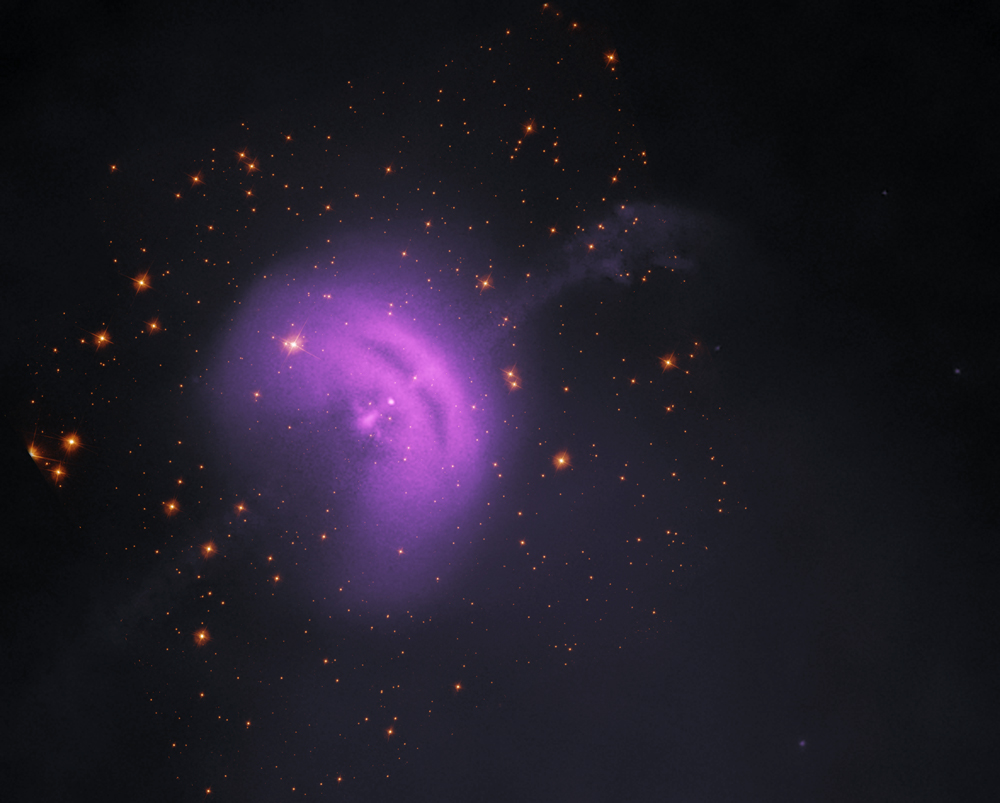
Vela Pulsar (2014)
Looking through the Chandra Open FITS image album, I picked out the Vela pulsar because it was interesting but it also confused me. I’ve been wanting to combine datasets from other observatories with Hubble’s but until now have had difficulty finding the FITS files. Turns out it’s actually not that hard, especially with resources like Open FITS.
Another roadblock I ran into was figuring out how to align the data since stars are completely invisible in the Chandra data one must rely upon the coordinates from the FITS file headers in order to orient things. I sent an email to the address given on the Open FITS page to inquire about this and obtained a very helpful response from Joe DePasquale, who gave me some simple instructions on how to use SAOImage DS9. DS9 actually makes the alignment thing a no-brainer. This should make things easier for me for a lot of things in the future.
Well, enough about that side quest. The pulsar is the cool thing, here. First, you have to look at this animation of the northwest particle jet (North is up, east is left) waving around like water emitted from a hose. That’s really cool, but when I looked at that article, I was still having a hard time understanding how big the object itself was and whether or not any of it was visible optically. Enter the Hubble data. There are some old WFPC2 pictures in the archive which I put together to give some context with a few stars. The Hubble data doesn’t completely overlap with the Chandra data, but you get the idea.
Another thing which I think is very cool is that there appears to be a shadow cone around the southeast particle jet. I could be misinterpreting what I’m looking at and I can’t seem to find anyone else mentioning this, but I can’t get out of my head how cool it is to see an x-ray shadow. The polar jets and the equatorial structures are reminiscent of some of the light beams and dust tori I’ve seen in pre-planetary nebula images.
Note that I only had F555W (wideband green) data for the stars to work with. I chose to represent this with fiery red coloration. Chandra’s x-ray data is represented by magenta as it often is presented like this in Chandra’s press release images.
North is up.
Copyright information:
Hubble data is public domain, but I put a lot of work into combining it into beautiful color images. The minimal credit line should read: NASA / ESA / J. Schmidt

This work is licensed under a Creative Commons Attribution 3.0 Unported License.


